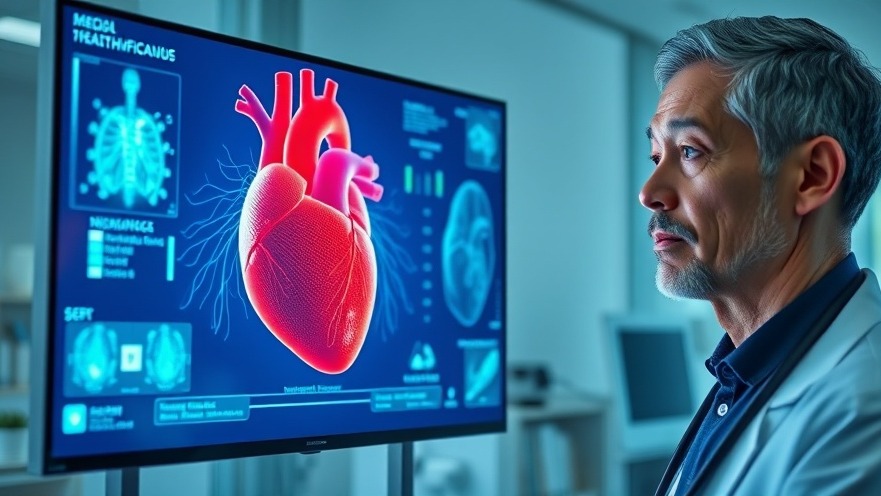
Revolutionizing Healthcare: The Impact of 3D Modeling
In a world where healthcare technology is advancing at breakneck speed, the introduction of 3D modeling stands out as a game-changer. Concise yet highly informative, 3D modeling must pivot toward enhancing diagnostic processes and surgical planning, as well as advancing patient education and training for medical professionals.
How 3D Modeling Affects Surgical Planning
Surgical planning has taken a significant leap forward with the advent of 3D modeling. The ability to create precise anatomical models tailored to a patient's specific conditions has transformed preoperative strategies. At institutions like Johns Hopkins, AR headsets allow neurosurgeons to visualize brain images in three dimensions, thereby simplifying complex surgical plans and increasing precision during operations. This technology dramatically reduces surgical planning time and enhances tumor resection accuracy, changing the landscape of surgeries.
Increasing Accuracy in Medical Imaging
3D modeling plays a crucial role in diagnosing conditions that demand precision. For example, the Norwegian University of Science and Technology has pioneered a method that generates 3D images of the colon from a single endoscopic capture, significantly improving the speed and accuracy of disease diagnosis. Similarly, cardiologists can use custom models to visualize internal cardiac structures—vital in diagnosing congenital heart diseases and crafting individualized treatment paths.
Technological Integration: Custom Software Development
One of the most significant advancements in medical imaging and diagnosis arises from custom software development. Companies like Arthrex are developing software such as VIP, which assists surgeons in creating patient-specific preoperative plans. This program integrates seamlessly with patient education tools to help them understand their expected surgical experience, therefore enhancing trust and transparency in the patient-physician relationship.
AI and 3D Imaging: Enhancing Diagnosis
Integrating AI with 3D imaging technology is an exciting leap forward in medical diagnosis. AI algorithms can facilitate the analysis of complex image data, creating precise measurements that further refine surgical approaches. Moreover, combining scans with computer-aided design (CAD) enhances visualization for oncologists to better target treatment modalities like radiation therapy. Ultimately, merging these technologies can create a comprehensive toolkit for practitioners, allowing them to diagnose with increased accuracy.
Benefits of 3D Modeling for Patient Education
Patient education is another area positively impacted by 3D modeling. By using AR and VR technologies, practitioners can offer patients a complete understanding of their conditions and the treatments available. Case Western Reserve University’s HoloAnatomy software has shown significant improvements in medical education, allowing students to grasp complex anatomical concepts quickly. This technology can, in turn, empower patients to participate more actively in their care decisions.
Challenges and Considerations
While the benefits of 3D modeling in healthcare are apparent, there are challenges that practitioners may face. The rapid pace of technological advancement can overwhelm those not familiar with the latest tools and software. Furthermore, ensuring the accuracy and reliability of 3D models is crucial, as misrepresentations can lead to misdiagnoses or improper treatment plans. Training and support from IT consultants are essential in navigating these technologies effectively.
Conclusion: Embrace the Future of Healthcare
For concierge health practitioners looking to stay ahead in the complex realm of healthcare technology, understanding and adopting 3D modeling can significantly enhance your practice. As technology continues to evolve, being proactive in its integration will not only improve patient outcomes but also maintain your standing within the community. Don't be daunted by the rapid advancements—embrace them, seek expert guidance, and be a pioneer in providing advanced care.
 Add Row
Add Row  Add
Add 




Write A Comment